To close the overview on the construction and management of natural grass sports fields, we wanted to ask a few questions to an expert in the matter, Dr. Giuseppe Serenelli – CEO Herbatech Srl.
Five questions to the expert
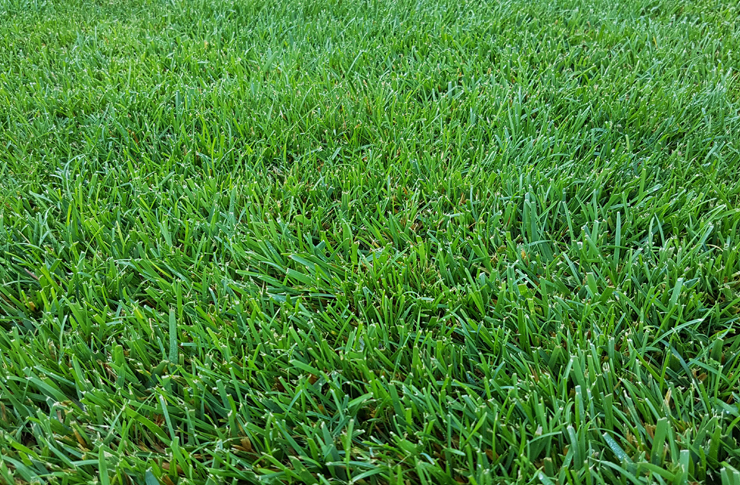
To close the overview on the construction and management of natural grass sports fields, we wanted to ask a few questions to an expert in the matter, Dr. Giuseppe Serenelli – CEO Herbatech Srl
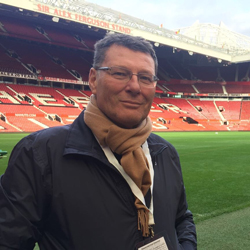 1.) Lawns of the football fields are generally made up of Lolium and Poa mixes. But are they optimal for any type of climate, or could other species be suggested for different climates or special uses?
1.) Lawns of the football fields are generally made up of Lolium and Poa mixes. But are they optimal for any type of climate, or could other species be suggested for different climates or special uses?
It is true, sport turf made with Poa and Lolium are the best solution for the technical needs of football fields. Recently, there is a tendency to seed blends of Kentuky Bluegrass in purity and then integrate the stand with repeated perennial ryegrass over-seedings. It is a demanding and expensive technique but more effective in order to increase the durability of the football field playing surface.
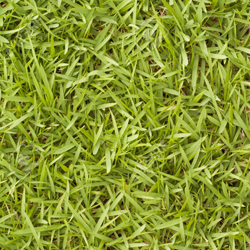 2.) What do you think of the introduction of Bermudagrass, adopted in some North Italian sports fields, being a specie for warm climates?
2.) What do you think of the introduction of Bermudagrass, adopted in some North Italian sports fields, being a specie for warm climates?
It seems a right choice, especially as an alternative to hybrid systems. Recently, the research has developed hybrid Cynodon dactylon cultivars with very high cold and drought resistance and extraordinary trampling reaction. Turf areas made with these seeds are more resistant in summer to stresses and diseases while in winter, overseeded with cool season grasses, thanks to their grid of stolons, allow a better firmness and playability of the surface.
It is important to monitor the possible winter yellowing of warm season turf, easily solvable with ryegrass over-seeding and the use of foliar fertilizers blended with colorants (pigments) and specific green paints.
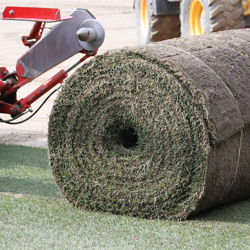 3.) For new sports fields, it often chosen sod instead of sowing: are there any contraindications?
3.) For new sports fields, it often chosen sod instead of sowing: are there any contraindications?
With seeding, the benefits are the possibility to select seed mixtures specific for football pitches with a low construction cost. Often, however, there is no time to wait for the results of seeding and it is necessary to proceed with a quick solution like pre-vegetated sod. The critical limit of this is the difficulty of adapting the root-zone media of the new sodded area with the one of the nursery. To facilitate rooting we can intervene with root growth enhancing supplements (biostimulants) and special soil amendments, zeolitic-based, capable to activate the biological life of the sodded soil.
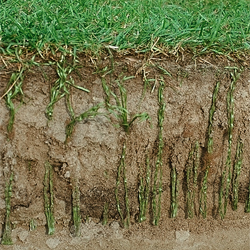 4.) Some large stadiums have chosen the so-called “hybrid” system; a natural turf “reinforced” by a synthetic texture. What assessment do you give – as an agronomist – of this combination?
4.) Some large stadiums have chosen the so-called “hybrid” system; a natural turf “reinforced” by a synthetic texture. What assessment do you give – as an agronomist – of this combination?
Hybrid solutions show excellent results on playability providing a higher grass quality than natural fields. They allow more hours of use and have greater resilience and resistance to game stresses (trampling and tearing), limiting the damages caused by training sessions and matches.
By contrast, the plastic reinforcement generates a layer that limits the penetration of water. In hybrid pitches it is essential to have a homogeneous hydration of the surface through the use of specific penetrant-hydrating agents that prevent and solve problems such as: a) uneven growth of the lawn, b) presence of dry patches, c) puddles caused by blocked drainage.
Also artificial plastic reinforcements limit the biological activity of the soil and the degradation of the thatch, due to the increase of summer temperatures. Hybrid lawns are therefore more sensitive to stresses caused by heat and diseases. You can limit these problems using foliar supplements (biostimulants) and zeolite amendments with anti-stress and bio-activation action.
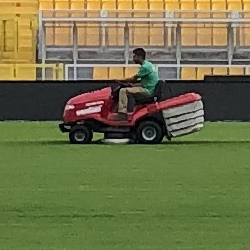 5.) Professional football teams play on natural grass while on amateur sports fields it is often chosen synthetic grass especially for the lower maintenance cost. Is it true that the maintenance of natural grass sports areas is very expensive or is it also a question of professional skills in managing them?
5.) Professional football teams play on natural grass while on amateur sports fields it is often chosen synthetic grass especially for the lower maintenance cost. Is it true that the maintenance of natural grass sports areas is very expensive or is it also a question of professional skills in managing them?
It’s a matter of professional skill indeed. You have to choose the best solution for the right place, analyzing customer’s needs. Today, it might be a little more expensive managing a natural lawn than an artificial surface, but this gap is narrowing thanks to artificial intelligence and robotics. Our technicians are equipped with GPS detectors that monitor humidity, electrical conductivity and ground temperature to carry out localized works only if necessary. In Italy, many sport pitches are now managed with lawn-mowing robots and recently robot line marking sprayers are entering the market. All this will limit greatly the human labor costs.










